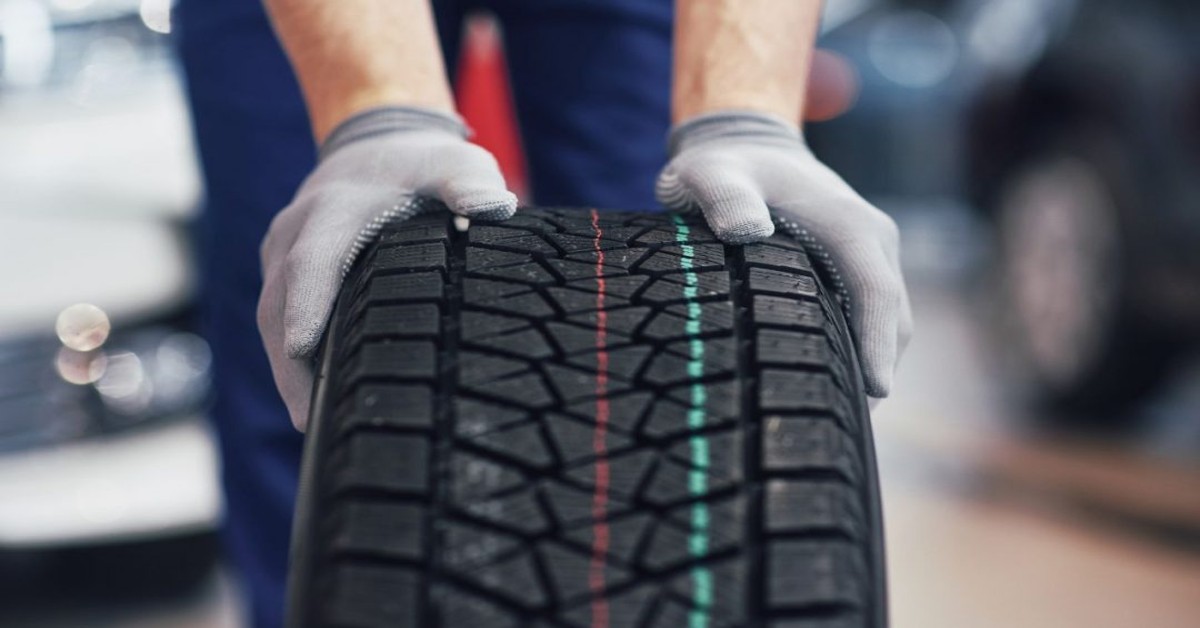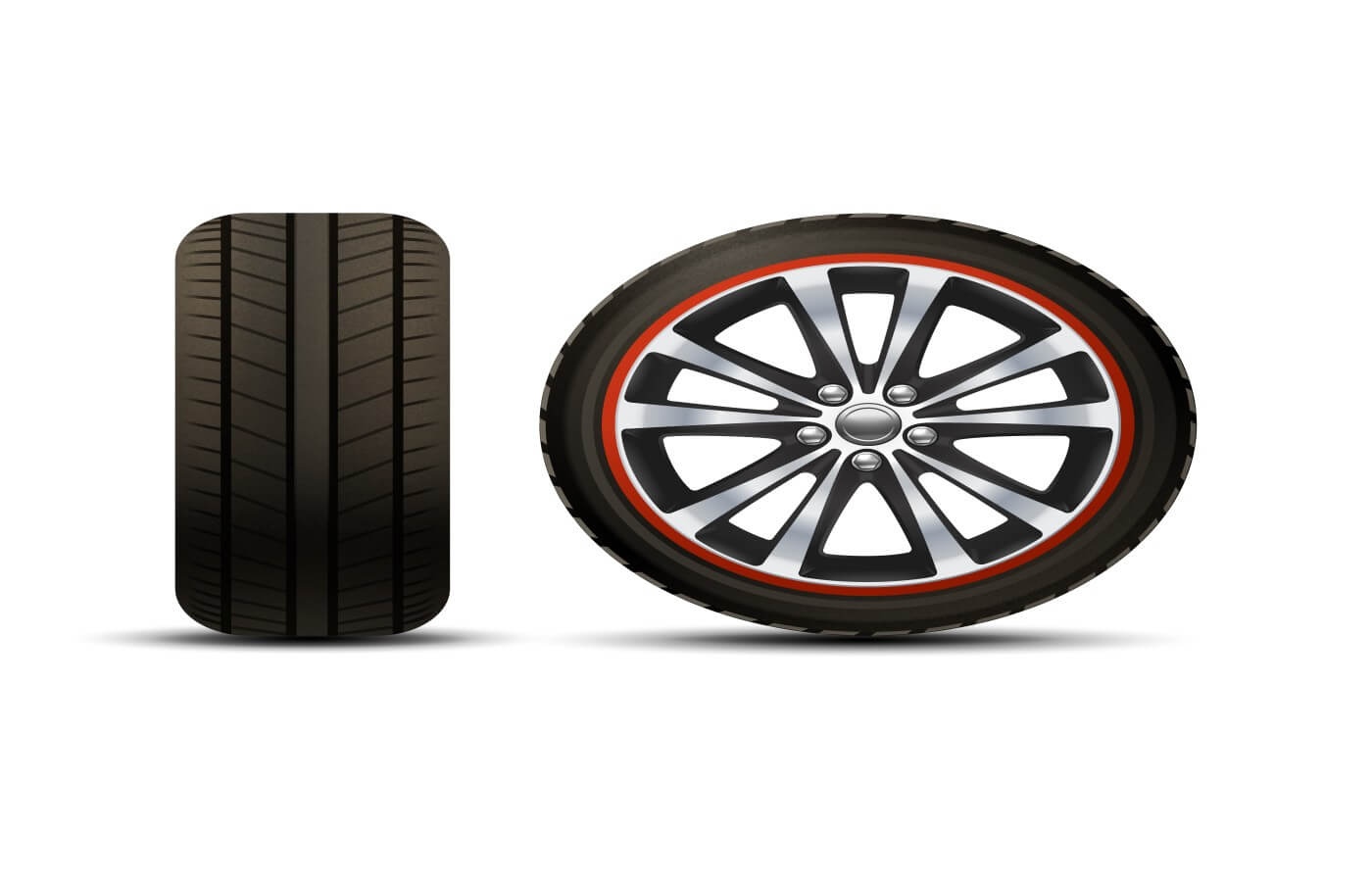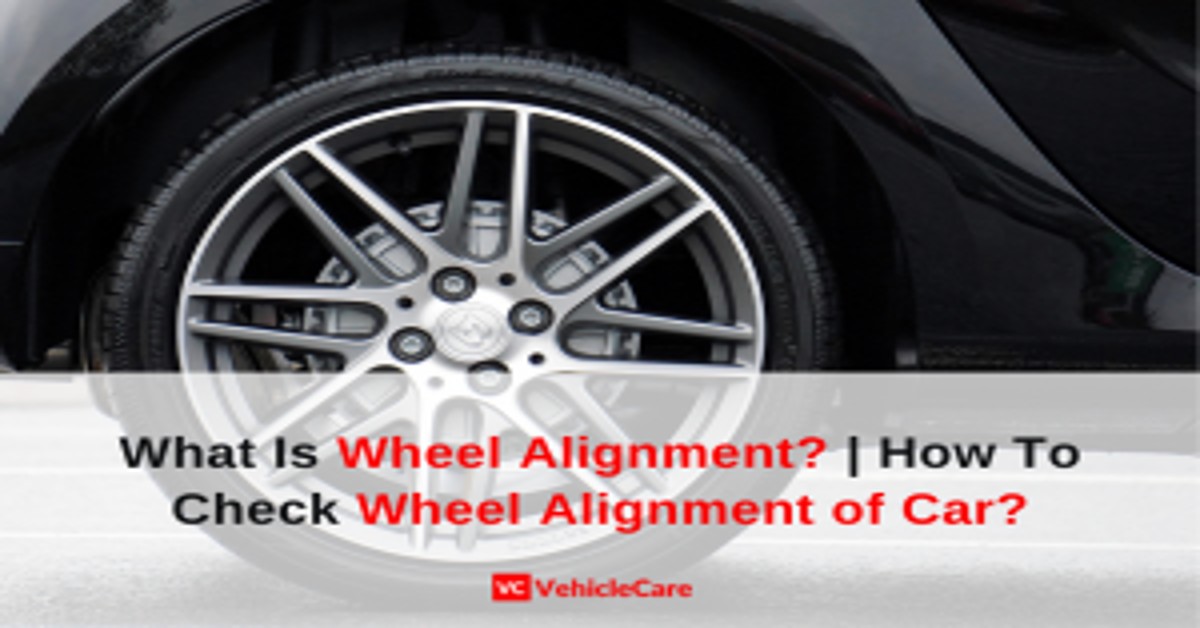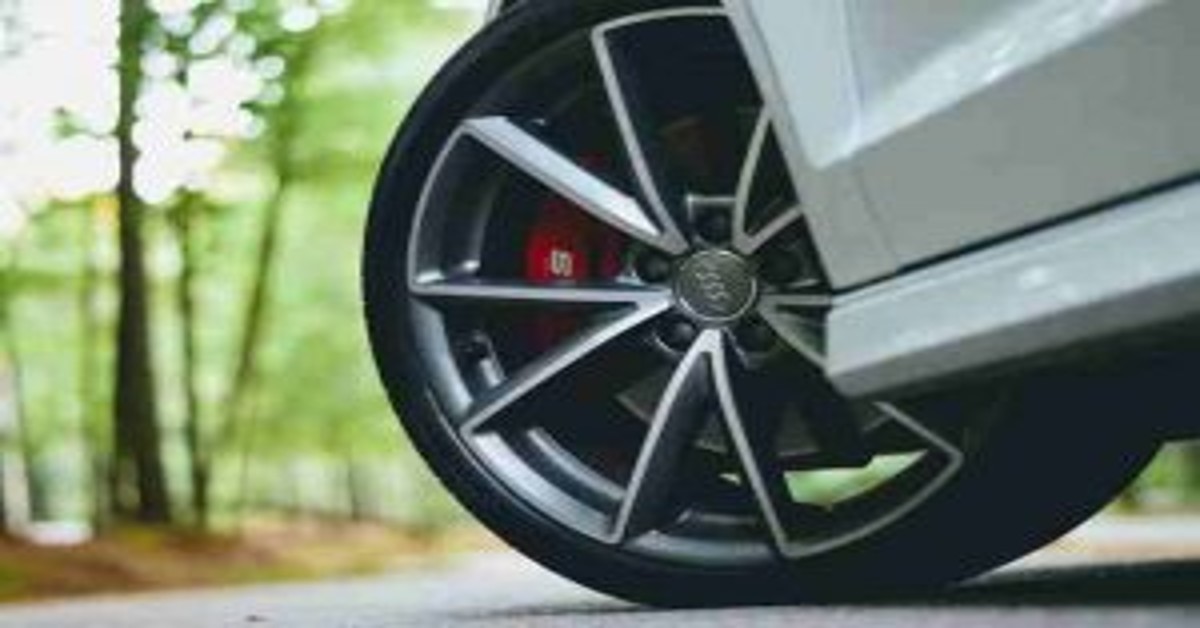Arguably, the components that sustain the most wear in a vehicle are your tires, they are the main contact point of the car and constantly run the risk of bumping against some kind of debris or curb on the road.
Usually, with a good suspension, the impact faced by the tires goes unnoticed by the driver. But over time, these slight bumps and knocks add up and lead to imbalances in the wheel.
Wheel balancing helps to attain proper distribution of the weight by counteracting the forces pulling in the direction opposite to that of the axis of the tire’s rotation.
Proper wheel balancing not only saves you the general discomfort of an imbalanced machine that isn’t able to run smoothly but also aids in improving your safety and increasing your fuel economy.
Now you might be wondering what type of wheel balancing is right for you- static or dynamic and how do they differ.
Table of Contents
Static Wheel Balance vs. Dynamic Wheel Balance
Let’s start off by talking about the key differences between static and dynamic wheel balancing. While assessing the weight distribution method, two considerations are taken into account- the width of the tire and the complexity of imbalances.
Tires that are generally bigger in size are not suitable for static balancing as a wider area can bring more complexity. Speaking of complexity, difficulty in fixing the imbalances is another major difference that separates static balancing from dynamic balancing.
Static Wheel Balance
Static wheel balance is a method in which the wheel’s center of mass is balanced around its axis of rotation. This simply means that wheels are rotated on their axis to remove anomalies in load and counter the extra forces in the opposite direction so that their mass is evenly distributed along their axis.
The weight distribution irregularities found in certain spots are measured by the mechanic sensing vibrations and are corrected such that when mounted on a rotating axis the tire remains constant, not falling heavy on either of the sides.
It is a commonly used technique for slight imbalances and variations in tires of small vehicles and is performed as standard for motorcycles as they have a narrower tread.
In the static balancing method, the tire is mounted on the balancing machine and is rotated between two bearings. Upon completing the rotation, the heavier part of the wheel settles at the bottom which is then corrected using counteracting weights.
This process is repeated until the wheel no longer pendulates to a stop or doesn’t have the tendency to move under the influence of gravity.
In some cases where wheel imbalances are not assessed accurately, the static balancing method is not able to produce the desired results and tires have to be rebalanced.
Dynamic Wheel Balance
Unlike the static method, Dynamic wheel balancing does not rely on human assessment of the weight irregularities and involves a framework of computers and sensors to ensure precision in balancing the tires.
Dynamic balance works by the alignment of the rotating axis of the wheel with respect to its principal axis. In a dynamic wheel balance, the tires are assembled and placed on the balancing machine to rotate at 10-15 MPH with high-sensitivity scanners.
These Sensors relay the information about every single weight irregularity that is found to the computer and allow for an accurate analysis by the system which also determines the counteracting weight that needs to go in each spot.
Weights are then added by the mechanic accordingly within the tire’s rim or outside. This method is usually used for tires that are severely misaligned and or are very wide and big.
Can A Heavy Tire Valve Cap Put Your Wheel Out Of Balance
The extras you fit into your wheel may or may not affect the balance of the tire depending on the weight of the addon or whether it compromises the overall balance in any way.
It can take as little as 5 grams of extra weight for your wheels to break out of their linear path if the addon in any way affects the valve cap of the tires. However, you might not face any issue if the installed cap is accurately balanced with the wheel or adds trivially less weight to the wheel such as plastic.
Conclusion
Balancing that is done properly ideally provides a better rotation of the wheel and a smoother driving experience.
Static and dynamic wheel balancing you need will vary based on the condition of your tires but needless to say, they both support the reliable function of your wheel base and help in the longevity of tires. Going for a wheel balance every 5,000 miles or whenever you buy new tires is highly recommended.











